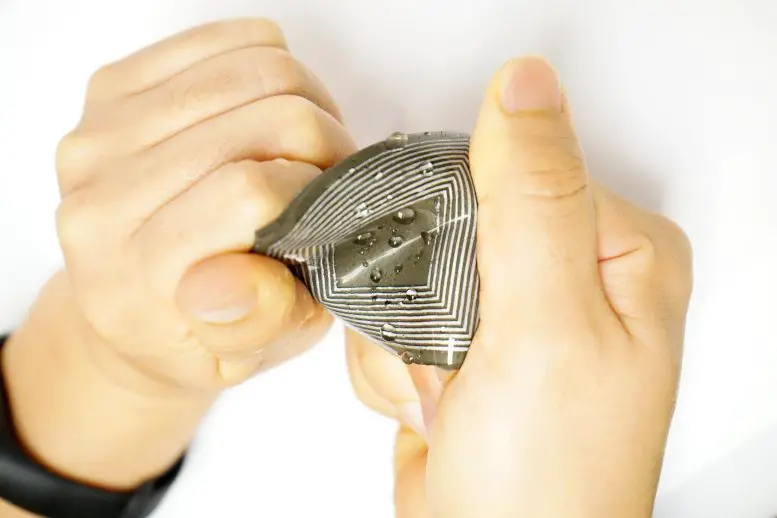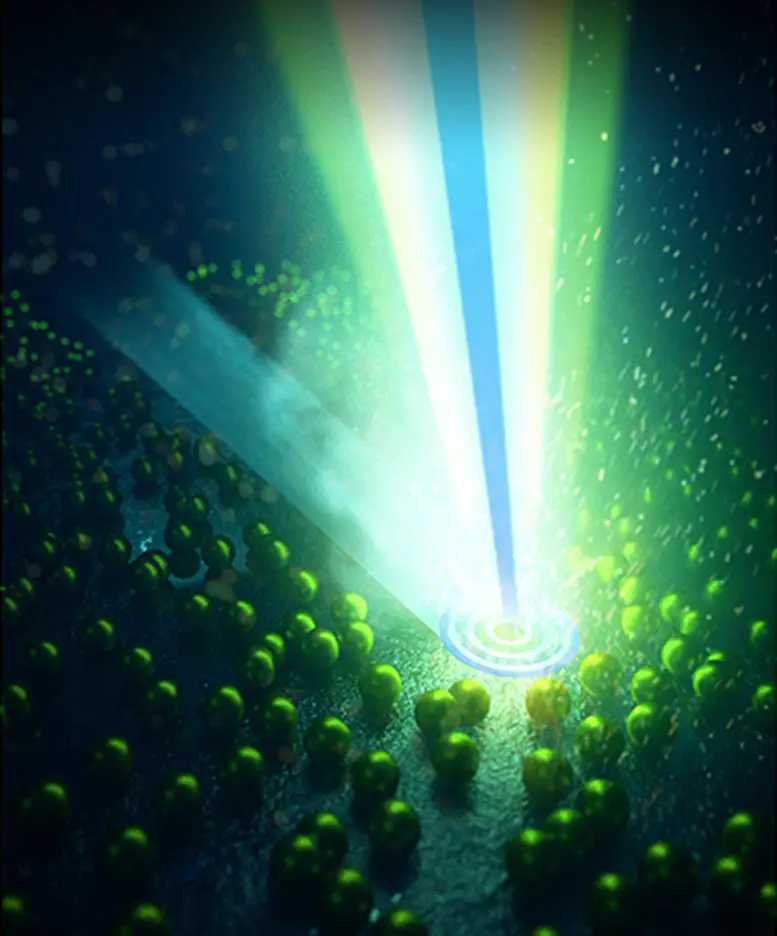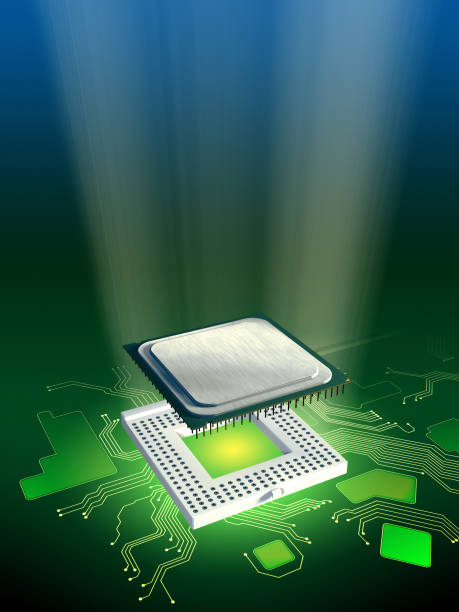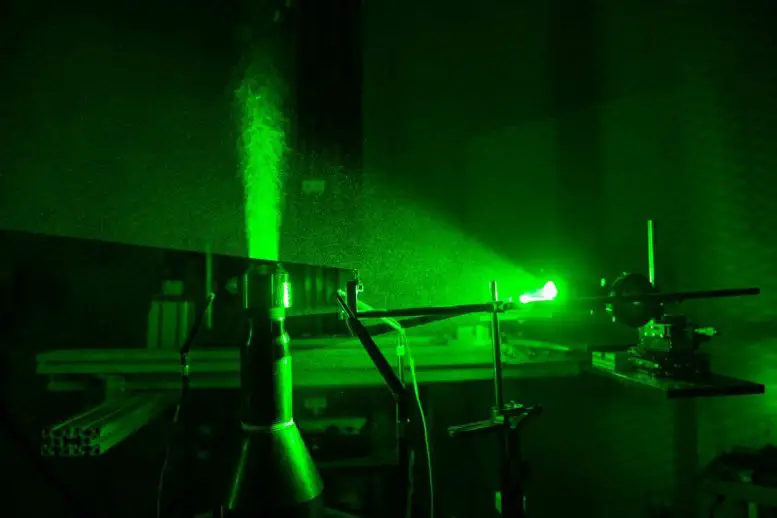A perplexing mystery at the nano-scale that could help prevent overheating in electronics is solved by physicists.
A team of CU Boulder physicists has discovered the secret to a mysterious phenomenon in the nano realm. It is how ultra-small heat sources cool faster if they are packed closer together. This week, these findings will be published in the Proceedings of the National Academy of Sciences. They could help the tech industry create faster electronic devices that heat less.
Heat is often a problematic consideration when designing electronics. Joshua Knobloch (postdoctoral researcher at JILA), a joint research center between CU Boulder and NIST, said you could build a device and then find it heating up too fast. “Our goal is understanding the fundamentals of heat flow management so that we can engineer future devices.”
An unexplained observation was the beginning of the research. Researchers led by Henry Kapteyn and Margaret Murnane, physicists at JILA, experimented with metal bars thinner than human hair. Something strange happened when they heated the bars with a laser.
Knobloch stated that they behaved “very counterintuitively.” These nano-scale heat sources don’t usually dissipate heat well. They cool much faster if they are packed together.
Researchers now know why it happens.
They used computer-based simulations in the new study to track heat’s passage from the nano-sized bars. The researchers discovered that heat energy produced by heat sources placed close together affected the heat flow, cooling the bars and scattering them off.
The group’s results highlight a significant challenge when designing next-generation microprocessors and quantum computer chips. Heat behaves differently at microscopic scales.
Atom by atom
Researchers also noted that heat transmission in devices is essential. Even minor defects in electronics, such as computer chips, can cause temperature buildup and add wear to devices. Tech companies will need to pay greater attention to phonons, which are vibrations of atoms carrying heat in solids.
Knobloch stated that heat flow is a complex process, which makes it difficult to control. “But, if we understand the behavior of phonons on a small scale, we can tailor their transport to allow us to create more efficient devices.”
Murnane, Kapteyn, their experimental physicist team, and Mahmoud Hassein, professor at the Ann and H.J. Smead Department of Aerospace Engineering Sciences. His research group is specialized in modeling the motion of phonons.
Hussein, who also has a courtesy appointment at the Department of Physics, said, “at the atomic level, the very nature of Heat Transfer emerges in an entirely new light.”
Researchers recreated their experiment years ago, but entirely on a computer. They created a series of silicon bars laid side-by-side like the rails on a train track and heated them.
Knobloch stated that simulations were so precise that they allowed the team to follow every atom of the model from start to finish. There are millions of them.
Heat direction
This worked. For example, the researchers discovered that heat tends to escape from silicon materials in predictable ways if they space their silicon bars sufficiently apart. The heat ran from the bars into the material below, dissipating in all directions.
Something else happened when the bars were closer together. The heat from these sources was scattered, and this caused the energy to flow in a uniform direction away from the authorities. It was like a crowd jostling against one another, eventually jumping out of the exit. This phenomenon was called “directional thermal channeling” by the team.
Knobloch stated that this phenomenon “increases heat transport down to the substrate and away the heat sources.”
The researchers suspect that engineers could one day tap into this unusual behavior to gain a better handle on how heat flows in small electronics–directing that energy along a desired path instead of letting it run wild.
The researchers view the new study as demonstrating what scientists can achieve when collaborating across disciplines.
Murnane, a professor of Physics, said that “this project was such a thrilling collaboration between science and engineering-where advanced computational analysis techniques developed by Mahmoud’s group were crucial for understanding new materials behavior uncovered earlier in our group using new ultraviolet quantum light sources.”



